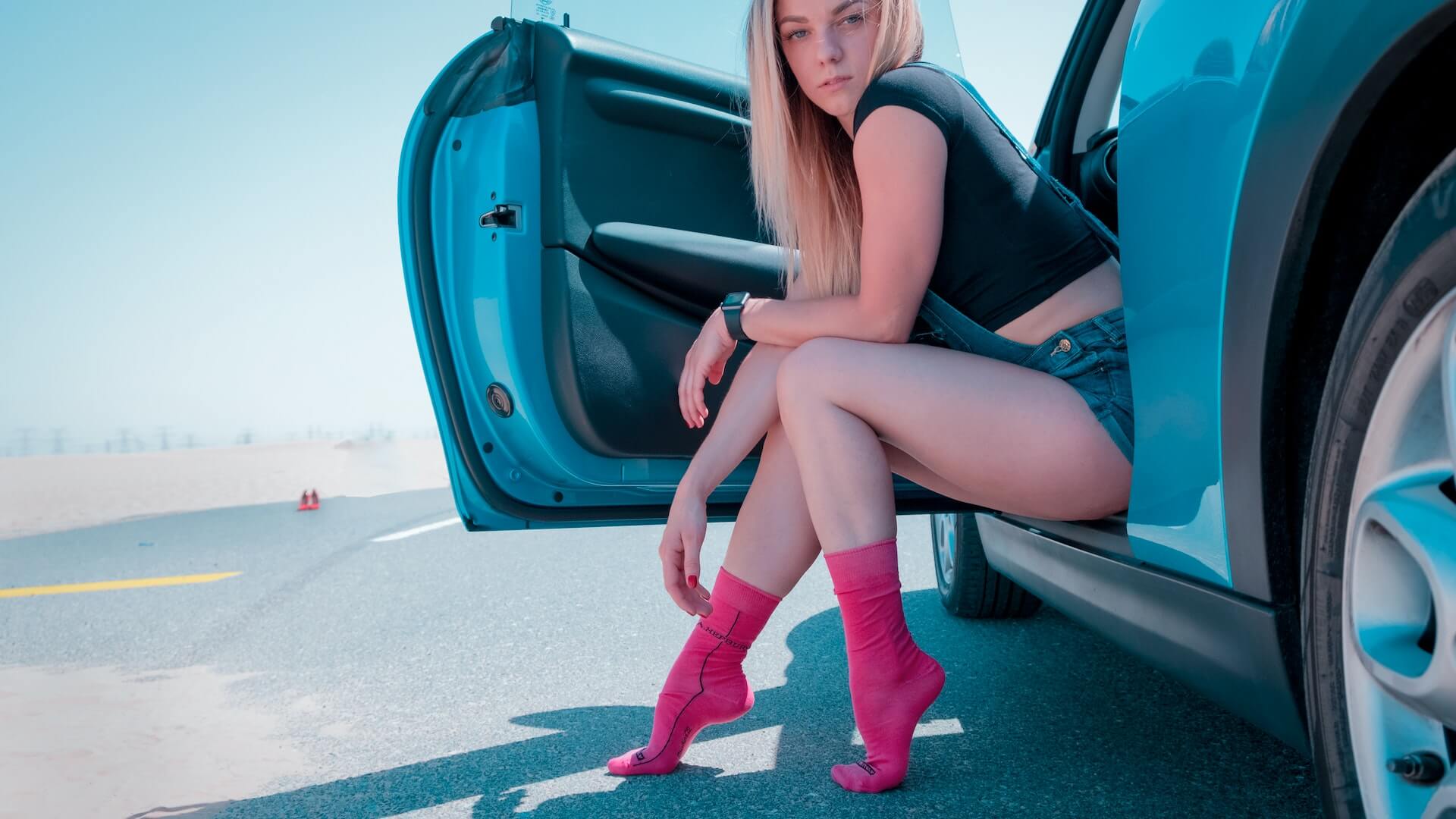Cars are more than just a mode of transportation; for many people, they are a passion and a lifestyle. Whether you’re a car enthusiast, a professional photographer, or just looking to improve your photography skills, capturing a stunning picture of a car requires a certain level of knowledge and skill. From understanding the right angles and lighting to mastering the technical aspects of your camera, taking a great car photo requires practice and patience. In this guide, we’ll explore the art of capturing cars through photography, sharing tips and tricks that will help you master the skill of taking breathtaking photos of cars. Whether you’re looking to build your portfolio or capture the beauty of your own car, this guide will help you take your photography skills to the next level.
Understanding the fundamentals of car photography
Whether you’re a seasoned photographer or just starting out, it’s always important to have a solid grasp of the basics before diving into the world of car photography.
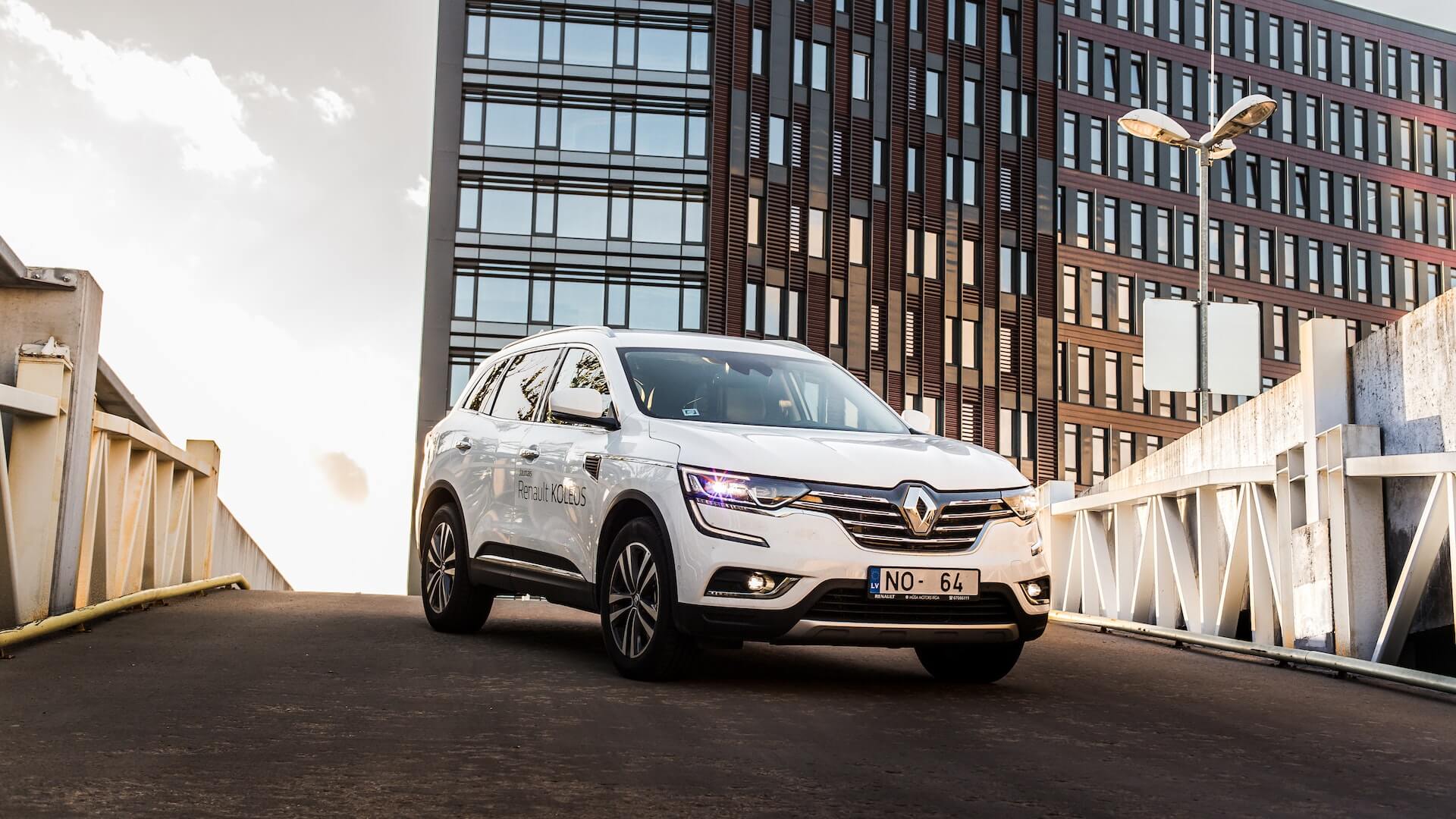
First and foremost, lighting plays a key role in any type of photography, and car photography is no exception. Natural light is often the preferred choice as it brings out the true colors and contours of the car. Shooting during the golden hours, which are the first and last hours of sunlight in a day, can create a warm and captivating atmosphere in your images. However, if shooting indoors or during unfavorable weather conditions, artificial lighting techniques such as using softboxes or diffusers can help you achieve the desired results.
Composition is another essential aspect to consider. Experimenting with various angles and perspectives can add depth and interest to your car photographs. Capturing the car from a low angle can emphasize its power and presence, while shooting from a higher vantage point can showcase its sleek lines and design. Additionally, paying attention to the background and ensuring it complements the car rather than distracting from it is crucial for creating visually appealing images.
Attention to detail is key when it comes to car photography. Take the time to clean and polish the car before the shoot, ensuring that it looks its best. Pay close attention to reflections and avoid unwanted glares by using polarizing filters or adjusting your shooting position. Highlighting specific features of the car, such as the wheels, headlights, or interior, can add a touch of uniqueness to your images and create a stronger connection between the viewer and the vehicle.
Lastly, post-processing can elevate your car photographs to the next level. Editing software allows you to fine-tune various aspects such as exposure, contrast, color balance, and sharpness. However, it’s important to strike a balance and avoid over-editing, which can result in unrealistic and unnatural-looking images. Aim for a polished and professional finish that enhances the car’s characteristics without altering its essence.
Essential gear for car photography
When it comes to capturing stunning car photography, having the right gear is essential. While it’s true that a skilled photographer can create remarkable images with any equipment, having the right tools can greatly enhance your results.
First and foremost, a high-quality camera is a must. Invest in a DSLR or mirrorless camera that offers manual control over settings such as aperture, shutter speed, and ISO. This will allow you to have full creative control and capture the car in the best possible way.
Next, consider investing in a selection of lenses. A wide-angle lens is great for capturing the entire car and its surroundings, while a telephoto lens can help you capture striking close-up shots of specific details. Experiment with different focal lengths to find the best lens for each shot.
A sturdy tripod is another essential piece of gear for car photography. When shooting in low light conditions or when you need to take long-exposure shots, a tripod will keep your camera steady and prevent any blurriness. It also allows for precise composition and framing.
To control the lighting and eliminate unwanted reflections, a set of polarizing filters is highly recommended. These filters can be attached to your camera lens and help reduce glare and enhance color saturation, resulting in more vibrant and captivating car images.
Lastly, consider investing in additional accessories such as a remote shutter release, which allows you to trigger the camera without touching it and potentially causing camera shake. This is especially useful when capturing long-exposure shots or self-portraits with the car.
Choosing the right location for car shoots
When it comes to capturing stunning car photography, choosing the right location can make all the difference. The location sets the tone and backdrop for your shots, adding depth and context to the overall image. Whether you’re aiming for an urban, industrial, or natural setting, selecting the perfect location can elevate your car photography to new heights.
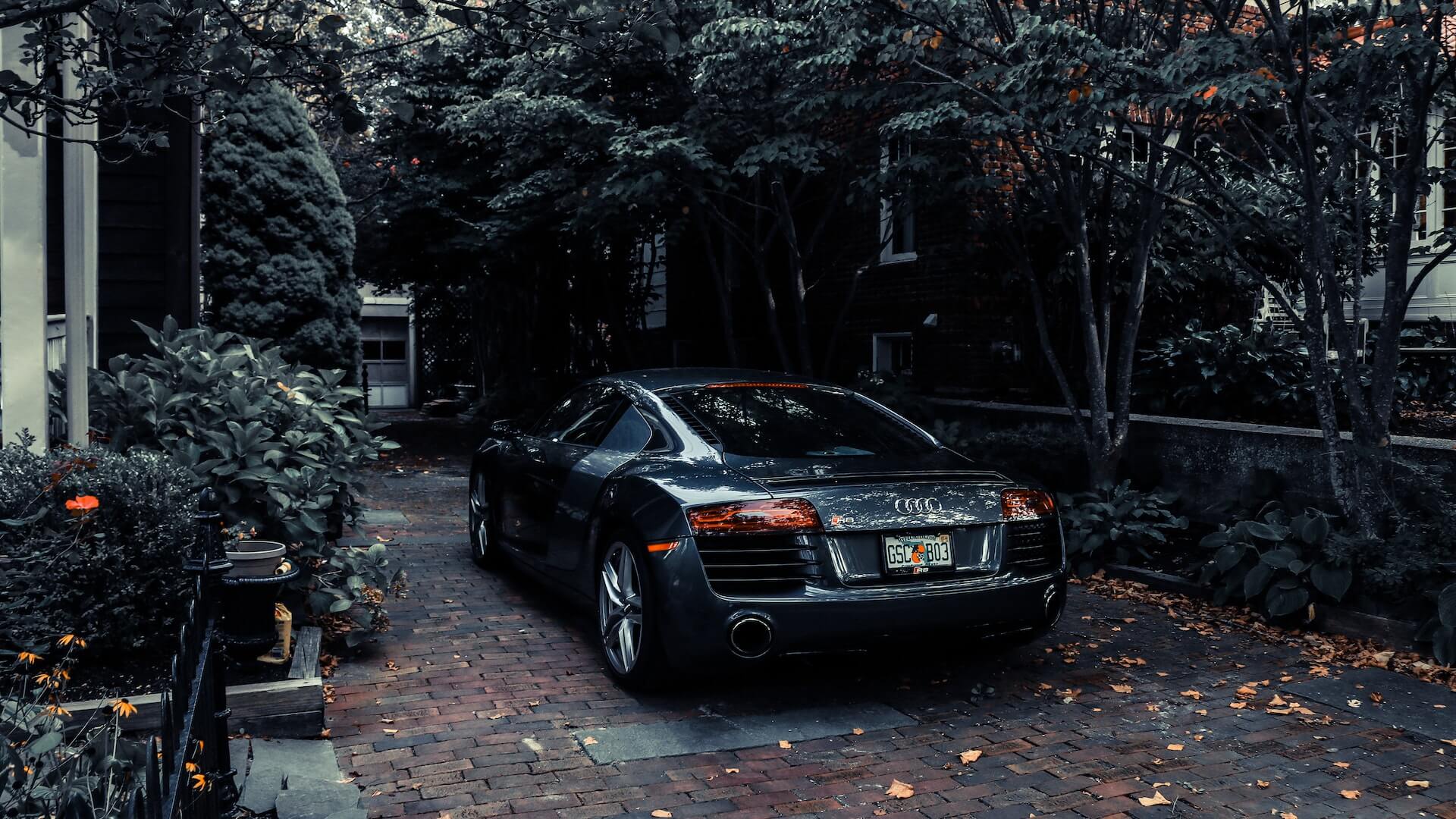
First and foremost, consider the aesthetic appeal of the location. Look for places with interesting textures, unique architecture, or picturesque landscapes that can complement and enhance the beauty of the car. Urban settings with graffiti-covered walls, bustling city streets, or abandoned industrial areas can provide an edgy and urban feel to your photographs. On the other hand, serene natural landscapes such as beaches, forests, or scenic mountain roads can create a sense of adventure and freedom.
Another important factor to consider is the lighting conditions at the location. The right lighting can significantly impact the overall look and feel of your car photos. Golden hour, which occurs during the first and last hours of sunlight, can cast a warm and soft glow on the car, creating a captivating and dreamy atmosphere. Alternatively, shooting during the blue hour, just before sunrise or after sunset, can add a cool and dramatic touch to your images.
Practicality is also key when choosing a location. Make sure the location allows for easy access, has enough space to maneuver the car, and is safe for both the photographer and the vehicle. Consider any permits or permissions that may be required if you’re planning to shoot at public or private properties.
Lastly, don’t be afraid to think outside the box and get creative with your location choices. Experiment with unconventional settings like rooftops, parking garages, or even industrial warehouses. These unexpected locations can add an element of surprise and uniqueness to your car photography.
Mastering composition and framing techniques
The way you frame and compose your shots can greatly enhance the overall visual impact and storytelling of your photographs.
One important technique to consider is the rule of thirds. This rule suggests dividing your frame into a grid of nine equal parts by two horizontal and two vertical lines. By placing key elements of your car within these intersecting points or along the lines, you create a more visually balanced and engaging composition.
Additionally, paying attention to the background and foreground elements can make a significant difference in your car photography. A cluttered or distracting background can take away from the main subject, while a well-chosen background can complement and enhance the car’s aesthetic appeal. Look for interesting textures, colors, or architectural elements that can add depth and visual interest to your composition.
Another technique to consider is using leading lines to guide the viewer’s eye towards the car. Roads, tunnels, or even architectural lines can act as leading lines that draw attention to the car and create a sense of movement or direction within the photograph.
Furthermore, experimenting with different angles and perspectives can add a unique touch to your car photography. Try shooting from low angles to emphasize the car’s power and presence, or experiment with aerial shots to capture a bird’s-eye view of the vehicle. Don’t be afraid to get creative and think outside the box to create visually striking compositions.
Lastly, remember to leave some breathing room in your composition. Avoid tightly cropping the car and allow some space around it. This not only gives a sense of scale but also allows the viewer to appreciate the car in its entirety.
Lighting techniques for capturing cars
The right lighting can enhance the beauty of a car and make it truly stand out in a photograph. Whether you’re shooting in a studio or outdoors, understanding and mastering different lighting techniques is essential for capturing stunning car photos.
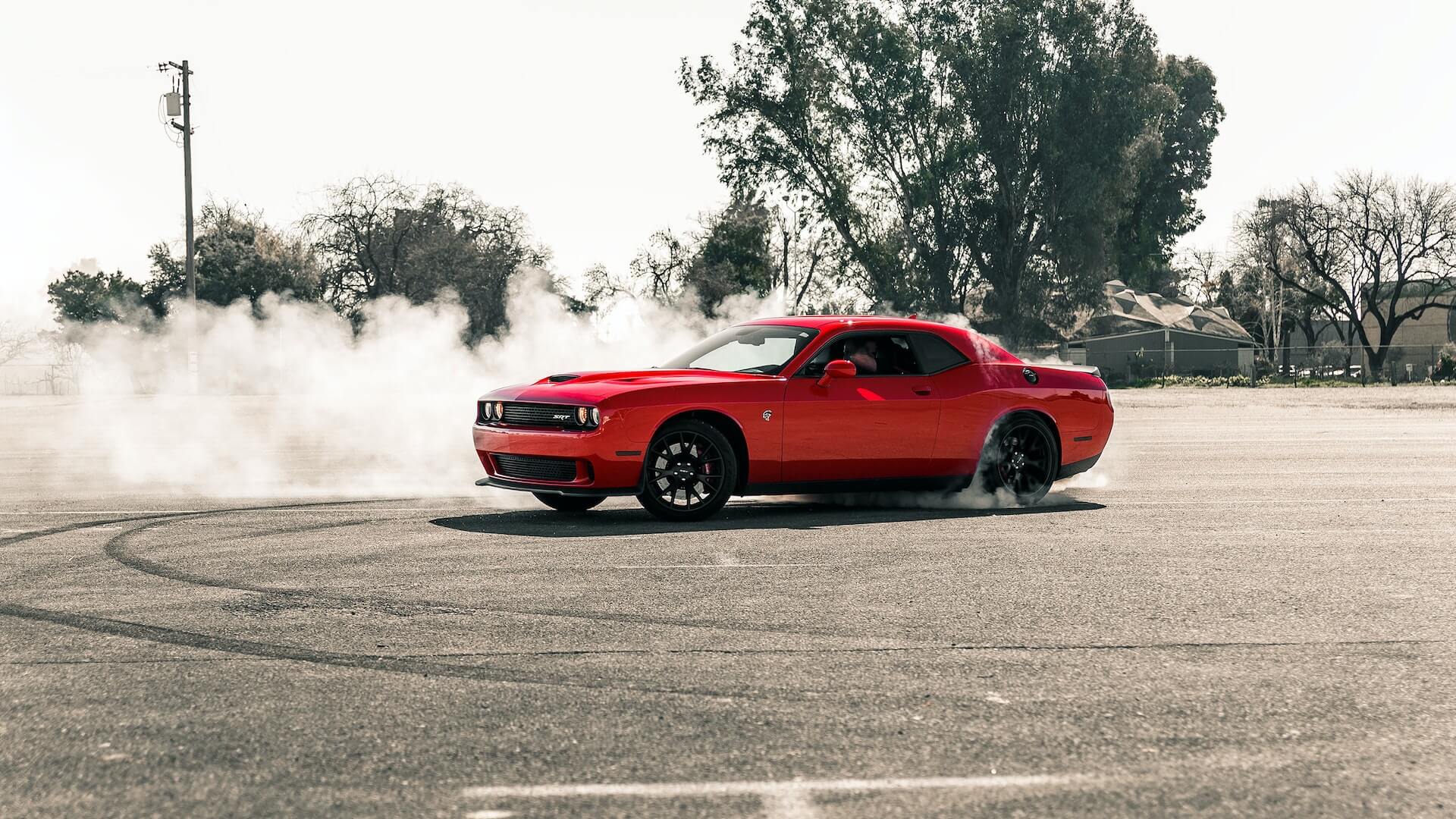
One popular lighting technique used in car photography is called “painting with light.” This technique involves using a handheld light source, such as a flashlight or a studio strobe, to selectively illuminate different areas of the car. By strategically lighting specific areas, you can highlight the car’s contours, curves, and details, creating a sense of depth and dimension in your photos.
Another important aspect of lighting in car photography is the use of diffusers and reflectors. Diffusers help to soften harsh light and create a more even distribution of light on the car’s surface. This can be especially useful when shooting on a sunny day, as it helps to reduce harsh shadows and glare. Reflectors, on the other hand, can be used to bounce light back onto the car, filling in any shadows and adding a touch of brightness to the overall image.
When shooting outdoors, it’s important to pay attention to the direction and quality of natural light. The golden hour, which occurs during sunrise or sunset, provides a soft, warm light that can add a magical touch to your car photos. During this time, the low angle of the sun creates long, dramatic shadows and a beautiful warm glow. Don’t be afraid to experiment with different angles and positions to make the most of this magical lighting.
Finally, don’t underestimate the power of post-processing when it comes to enhancing the lighting in your car photos. Editing software allows you to fine-tune the exposure, contrast, and color balance, giving you the ability to bring out the best in your images.
Working with reflections and shadows
When it comes to capturing cars in all their glory, understanding how to work with reflections and shadows is a crucial skill for every car photographer. These elements can add depth, drama, and visual interest to your photographs, elevating them from ordinary to extraordinary.
Reflections can be found everywhere, from glossy car surfaces to shiny windows and even puddles on the ground. Embracing these reflections can create captivating compositions and unique perspectives. Experiment with different angles and positions to capture the reflection of the car in a way that enhances its lines and curves, creating a dynamic and visually appealing image.
Shadows, on the other hand, can add a sense of drama and dimension to your car photography. They can accentuate the shape and form of the vehicle, emphasizing its contours and adding depth to the composition. Pay attention to the direction and intensity of the light source to create interesting shadow patterns that enhance the overall aesthetic of the photograph.
One technique to consider is using natural light to your advantage. During the golden hours of sunrise and sunset, the warm, soft light can cast long, dramatic shadows that beautifully complement the car. This magical light can transform an ordinary scene into a breathtaking image, capturing the essence and beauty of the vehicle.
Alternatively, you can also experiment with artificial lighting techniques to manipulate shadows and reflections. Using external light sources such as strobes, speedlights, or even reflective surfaces can help you control and shape the way light interacts with the car, resulting in striking and dynamic photographs.
Remember to pay attention to the surroundings as well. Incorporating interesting backgrounds or elements that interact with the reflections and shadows can further enhance the overall composition and storytelling of your car photography.
Tips for capturing dynamic motion shots
Capturing dynamic motion shots of cars can add a sense of excitement and energy to your car photography. Whether you’re photographing a fast sports car or a vintage classic, these tips will help you master the art of capturing dynamic motion shots:
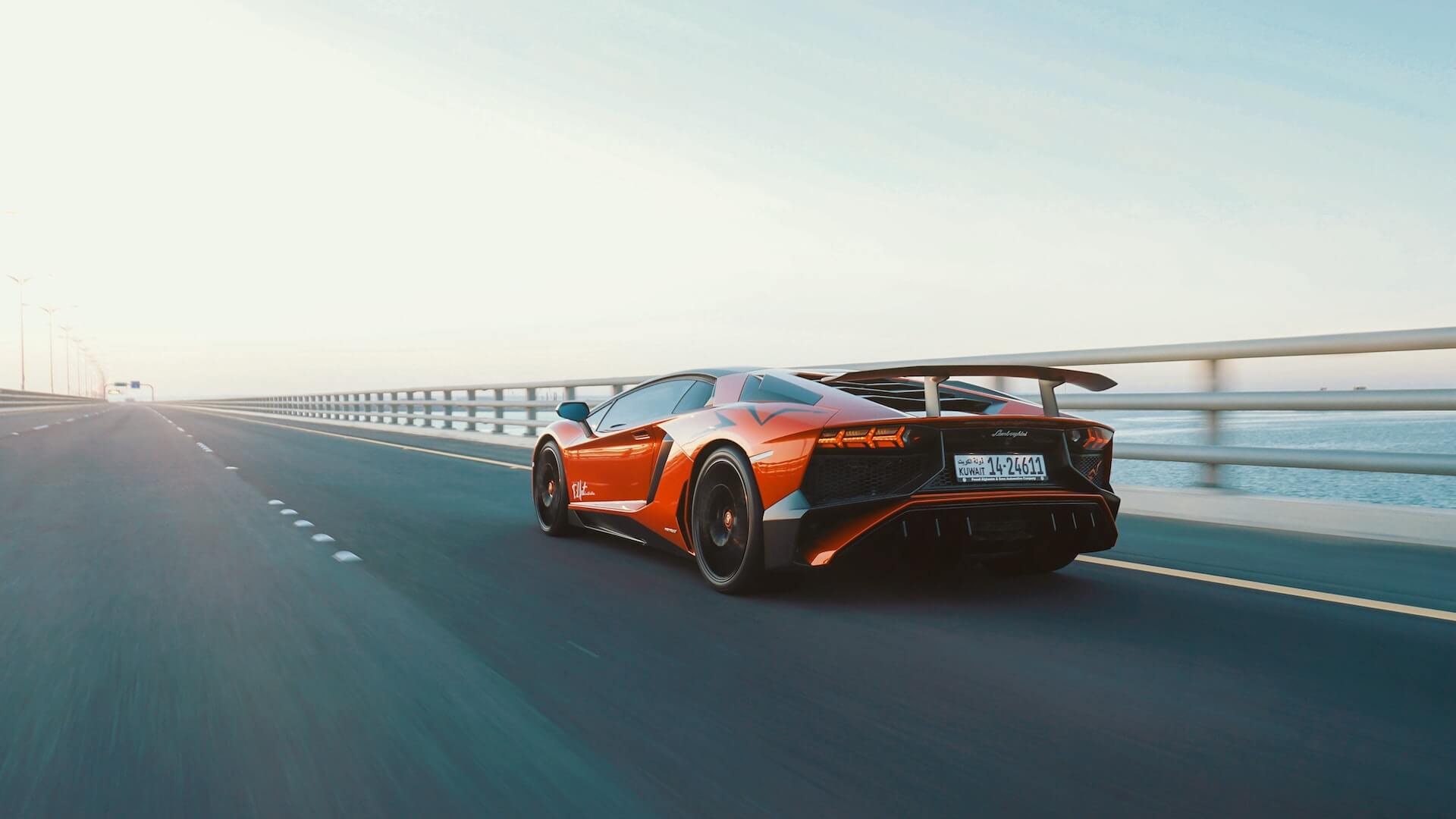
1. Shutter Speed:
To freeze the motion of a moving car, use a fast shutter speed. Start with a shutter speed of around 1/1000th of a second and adjust as needed. This will help you capture sharp details of the car while maintaining a sense of speed.
2. Panning Technique:
Panning is a technique where you track the moving car with your camera while using a slower shutter speed. This creates a sense of motion blur in the background while keeping the car relatively sharp. Practice your panning technique to get smooth and consistent results.
3. Location and Background:
Choose a location that adds to the dynamic feel of the shot. Look for open roads, winding curves, or urban environments with interesting architecture. Pay attention to the background as well, ensuring it complements the car and doesn’t distract from the main subject.
4. Composition:
Experiment with different angles and perspectives to create more dynamic compositions. Consider shooting from a low angle to make the car appear more powerful and imposing. Include elements like curves, leading lines, or reflections to enhance the sense of motion.
5. Timing and anticipation:
Timing is crucial when capturing dynamic motion shots. Anticipate the movement of the car and be ready to click the shutter at the right moment. Make use of burst mode or continuous shooting to capture a series of shots, increasing your chances of getting the perfect frame.
6. Lighting:
Pay attention to the lighting conditions when capturing dynamic shots. Shooting during the golden hour (early morning or evening) can add a warm and dramatic feel to your photos. Experiment with different lighting angles and use natural or artificial light to highlight the car’s contours and details.
7. Experiment with Techniques:
Don’t be afraid to experiment with techniques like long exposures, light painting, or using props to enhance the sense of motion. These creative approaches can result in unique and visually striking images.
Post-processing techniques to enhance car photos
Once you have captured breathtaking shots of cars, the next step is to enhance them through post-processing techniques. This is where you can truly bring out the beauty and details of the vehicles, elevating your car photography to the next level.
One of the most commonly used tools for post-processing is Adobe Lightroom. With its wide range of editing features, you can adjust the exposure, contrast, and color balance to make your car photos pop. Experimenting with different presets can also give your images a unique and personalized touch.
Another important aspect of post-processing is sharpening the details. Cars are often defined by their sleek lines and intricate designs, so using tools like the sharpening brush in Lightroom can help accentuate these features. Be careful not to over-sharpen, as it can create unnatural-looking images.
Adding a touch of creativity to your car photos can also be achieved through selective editing. By using adjustment brushes or graduated filters, you can selectively brighten or darken specific areas of the image to draw attention to the car itself. This technique can help remove distractions and create a more focused and captivating composition.
Don’t be afraid to experiment with different editing techniques and filters to achieve the desired look and feel for your car photos. Black and white conversions can add a timeless and artistic touch, while adding a vignette can create a sense of depth and drama.
Remember, the goal of post-processing is to enhance the already great shots you have taken. Avoid over-editing, as it can result in unrealistic and unnatural-looking images. The key is to find a balance between enhancing the car’s features and maintaining the authenticity of the original shot.
Showcasing your car photography online and offline
Once you have honed your car photography skills and captured stunning shots of your favorite vehicles, it’s time to showcase your work both online and offline. This will help you gain recognition, attract potential clients, and establish yourself as a skilled car photographer.
Firstly, create an online portfolio or website dedicated to your car photography. This will serve as a central hub where interested individuals can browse through your captivating images. Make sure your website is visually appealing, user-friendly, and showcases your best work prominently. Include a diverse range of car models, angles, and environments to demonstrate your versatility and expertise.
Leverage social media platforms like Instagram, Facebook, and Twitter to showcase your car photography. These platforms allow you to reach a wider audience, engage with fellow car enthusiasts, and potentially attract collaborations or partnerships. Create a cohesive visual brand identity by using consistent filters, themes, and captions that highlight your unique style.
In addition to the online realm, offline exhibitions and galleries can provide a tangible and immersive experience for viewers. Consider participating in local art shows, photography contests, or even organizing your own car photography exhibition. By showcasing your work in a physical space, you can connect with art enthusiasts, potential clients, and other photographers who share your passion.
Networking with car clubs, automotive events, and car enthusiasts is another effective way to showcase your car photography. Attend car shows, races, and gatherings to capture the essence of the automotive world and build connections. Collaborate with car-related publications, blogs, or automotive businesses to feature your work in magazines, websites, or advertisements.
Inspiring car photographers to follow and learn from
If you’re looking to enhance your skills in car photography, there’s no better way to learn and find inspiration than by following and studying the work of talented car photographers. These artists have mastered the art of capturing cars in all their glory, and their work can provide valuable insights and ideas for your own photography journey.
One photographer worth mentioning is Larry Chen. Known for his dynamic and action-packed car shots, his work has graced the pages of numerous automotive publications. From capturing high-speed drifts to showcasing the intricate details of classic cars, Chen’s photographs never fail to impress with their energy and visual impact. Following his work can give you a deeper understanding of how to capture motion, composition, and the essence of speed in your own car photography.
Another photographer to keep an eye on is Amy Shore. Her unique style combines a love for vintage cars with a keen eye for storytelling. Through her lens, she brings classic automobiles to life, capturing the nostalgia and charm that surrounds them. Shore’s ability to create captivating narratives within her photographs can inspire you to think beyond the typical car portrait and strive for images that evoke emotions and tell a captivating story.
For those interested in automotive architecture and the beauty of car design, Marcel Lech is a photographer worth following. His attention to detail and ability to capture the lines, curves, and reflections of luxury and exotic vehicles is truly remarkable. Lech’s images showcase the craftsmanship and elegance of these vehicles, providing a masterclass in highlighting the aesthetics and design elements that make each car unique.
Conclusion
Capturing the essence and beauty of automobiles can be a challenging yet rewarding endeavor. By following the tips and techniques shared in this blog post, you can elevate your car photography skills to new heights. So grab your camera, find the perfect location, and let your creativity soar as you master the art of capturing cars. Remember to share your stunning shots with us, and happy photographing!

